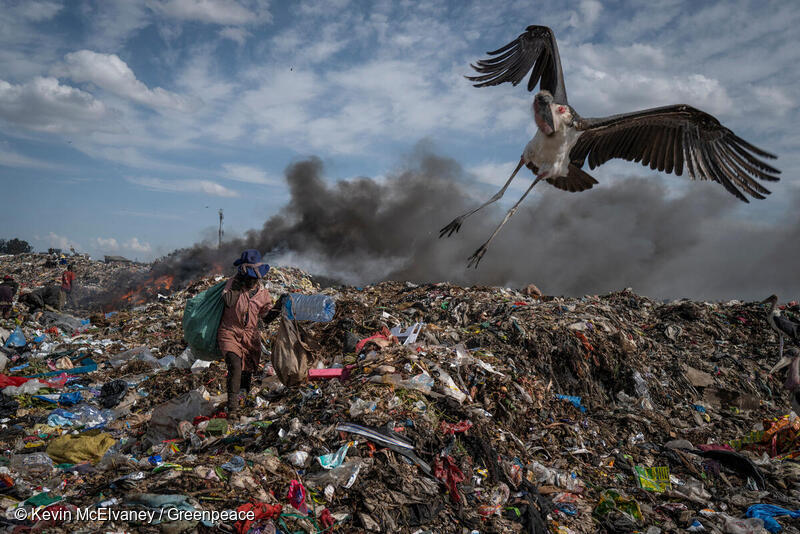Water, a source of life, is slowly becoming the source of multiple illnesses and death in Kenya. This has been attributed to the excessive pollution of natural water resources such as Lake Victoria originally known as Nam Lolwe. From polluted agricultural runoff, sewage to industrial effluents, these sources of water are choking in filth and are on the verge of being rendered non-beneficial.
The situation is not only exclusive to Lake Victoria but also Lake Nakuru. The once beautiful home to the greater and lesser flamingos is also drowning in pollution with plastics covering its shores. Fish species in these lakes are rapidly disappearing or contaminated owing to the presence of poison in the water.
Human activities are responsible for the spiraling pollution of the lakes
The very humans dependent on water for survival are the ones leading the contamination of these water resources. Human activities such as mining are releasing a considerable amount of mercury into Lake Victoria. Various companies and industries have been on the spotlight for contaminating Lake Victoria with effluents. Small settlements around the lake lack sewage treatment facilities and end up depositing their waste into the lakes.
Runoff from agricultural activities in the highland areas has led to a massive deposit of sediments, pesticides and chemical fertilisers into the lake. It is no doubt that lakes in Kenya are dying. Fish cages in Lake Victoria have been on the rise. In 2019, there were about 4,357 fish cages covering about 62,132 m2 in Kenya. Fish cages despite providing economical benefits to the communities harbour negative environmental effects on the lake. The waste fish feed in the cages has the capacity to increase eutrophication (enrichment of a body of water with nutrients) because of the nutrients in the fish feed. It can also lead to the growth of algae and water hyacinth in turn altering the lake ecosystem.
Loss of livelihoods.
Millions of lives that depend on Lake Victoria and Nakuru for survival are at risk. Whereas the government is keen on promoting the blue economy as evidenced through the Kisumu Port, it has done little to protect the very resource upon which the blue economy depends.
The Kenyan government failure
The government has taken a reactive approach rather than a proactive one. In January 2021, it put a stop to fishing activities within Lake Nakuru but has put little effort into addressing the problems leading to the contamination of the lake. In September 2020, the Kenyan government suspended the establishment of new fish cages within Lake Victoria without addressing the persistent root causes of the lake pollution.
The water quality in both lakes is rapidly deteriorating, and this has reduced the ability of the lakes to benefit the nearby local communities. The government and its relevant agencies have a key role to play in stopping the contamination of these lakes. The National Environment and Management Authority has a critical role in ensuring that the natural resources such as Lake Victoria and Lake Nakuru are protected from pollution. It only acts when local whistle blowers or media houses release an expose on the deplorable condition of the lakes.
The Ministry of Environment and Forestry on the other hand has a mandate to control pollution and see to it that natural resources such as Lake Victoria and Nakuru are utilised in a manner that does not compromise the quality and value of the resource as they are critical sources of livelihood with the latter being a UNESCO world heritage centre. It is also guided by the polluter pays principle where polluters should bear the full environmental and social costs of their activities; to which it has done little as evidenced by the rising pollution. It is time for Kenyans to stand up against the polluters. It is our right to have access to a clean environment as enshrined in Kenya’s constitution.




Discussion
As long as corruption rules everything, as long as our country is governed so weak, it will all die - with us at the forefront.
Thank you for your comment. We need to dismantle the system that does not work.